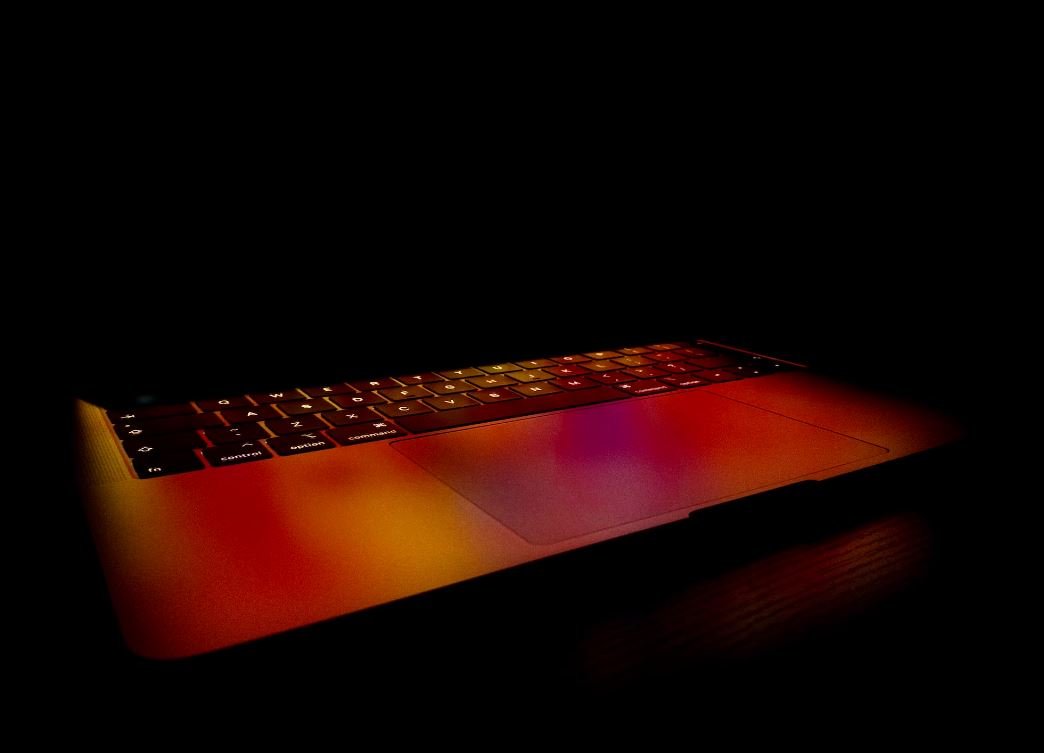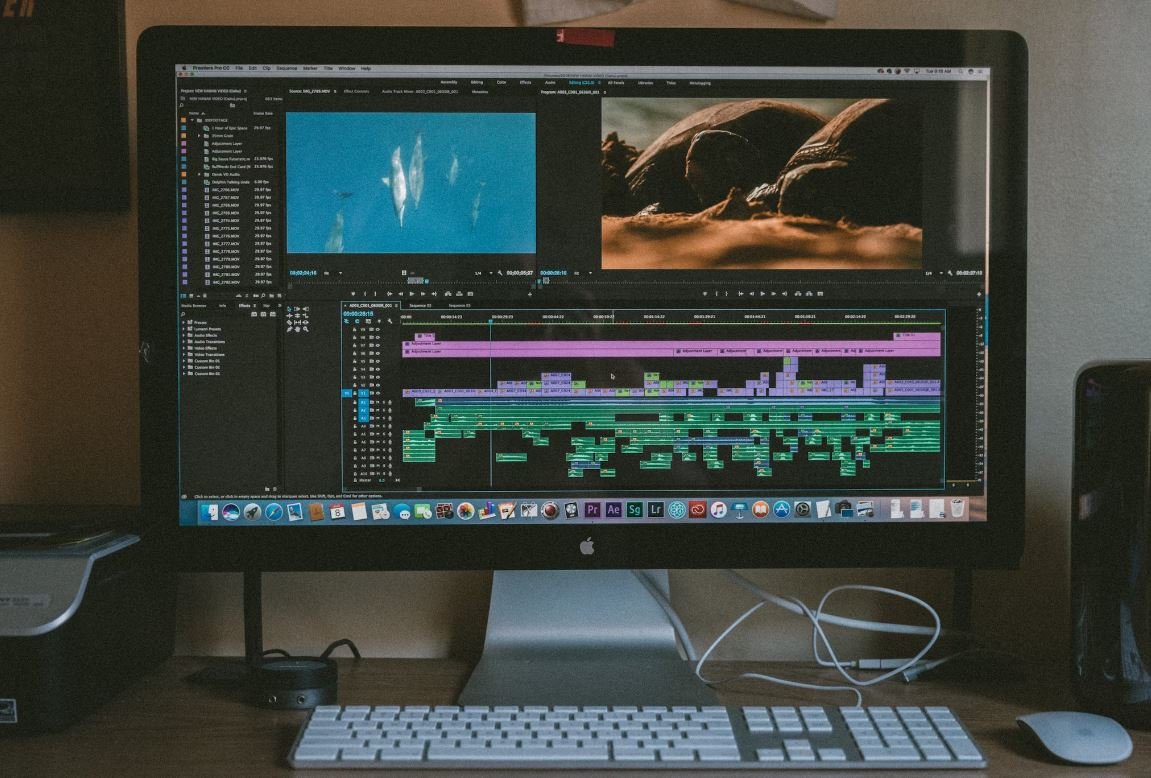Deepfake Requirements
Deepfakes are becoming increasingly prevalent in today’s digital landscape, raising concerns about the potential misuse of this technology. It is crucial to understand the requirements for creating and utilizing deepfakes responsibly.
Key Takeaways
- Deepfake technology is rapidly advancing, raising ethical concerns.
- A robust dataset containing high-quality images and videos is key to creating convincing deepfakes.
- Advanced machine learning algorithms and models are necessary components for generating deepfakes.
- Regulations and awareness campaigns are being developed to address the risks associated with deepfakes.
Creating convincing deepfakes requires the fulfillment of certain requirements. **A robust dataset** comprising diverse, high-quality images and videos is crucial to train the deepfake algorithm effectively. Additionally, **advanced machine learning algorithms** and models are required to generate accurate and realistic deepfakes. It is essential to evaluate the source material and **ensure it aligns with ethical standards** before creating deepfakes.
*Deepfake detection techniques* are continuously updated in response to evolving deepfake technology, which poses a cat-and-mouse challenge.
Dataset Collection and Preparation
A comprehensive dataset is fundamental for training deepfake algorithms. Curating a diverse dataset that covers a wide range of facial expressions, lighting conditions, and camera angles improves the deepfake’s quality and realism. **Collecting consented images** from a diverse group of individuals is essential to promote ethical practices and avoid unauthorized use of personal information.
In addition to images, collecting **video data** plays a crucial role in training the deepfake algorithm. Videos with varying resolutions, shot under different lighting conditions, and featuring different facial expressions help create deepfakes that are more difficult to detect.
Deepfake Creation Process
The deepfake creation process involves a series of steps that utilize advanced machine learning techniques. These include facial landmark detection, alignment, feature extraction, and synthesis. **Deepfake algorithms** analyze the source material and generate a realistic digital replica by blending the target face with the person in the source material.
- Facial landmark detection: Identifying key facial features like eyes, nose, and mouth.
- Alignment: Adjusting the face in the source material to align with the target face.
- Feature extraction: Capturing facial expressions and details from the source material.
- Synthesis: Combining the target face and the extracted features to generate a deepfake.
*Deepfake tutorial videos* have gained popularity, allowing individuals to experiment and create their own deepfakes.
Regulations and Ethical Considerations
Deepfake technology presents significant ethical challenges and potential risks, such as misinformation, impersonation, or defamation. **Developing regulatory frameworks** to govern the use and distribution of deepfakes is imperative to protect individuals and society at large. These regulations should address issues of consent, privacy, and the responsible creation and dissemination of deepfakes.
Additionally, **raising public awareness** about the existence and potential harm caused by deepfakes can help individuals become more discerning consumers of online content. Educational campaigns, media literacy programs, and fact-checking initiatives play a pivotal role in equipping individuals with the necessary skills to identify and scrutinize deepfakes.
Deepfake Impact and Future
Deepfakes have the potential to disrupt various industries and societal norms. They can influence politics, media, entertainment, and even personal relationships. As **deepfake technology evolves**, it becomes increasingly challenging to detect and mitigate the risks associated with its misuse. Continued research and development of detection algorithms and regulations are crucial to address this growing concern.
With the widespread availability of deepfake creation tools, intent verification becomes a key aspect in understanding the intention behind creating or sharing a deepfake.
| Case Studies | Impact |
|---|---|
| Cyberbullying and Harassment | Deepfakes can be used to create explicit or compromising videos/photos to harass or defame others. |
| Misinformation and Propaganda | Deepfakes can deceive the public by spreading false information and fake news. |
| Deepfake Detection Methods | Accuracy |
|---|---|
| Facial Manipulation Artifacts | Not 100% foolproof, as some deepfakes are designed to be highly realistic. |
| Audio-Visual Discrepancies | Effective in identifying slight mismatches between visual and audio elements. |
| Metadata and Digital Footprints | Examining traces left in the digital file can provide insights into the authenticity of the content. |
*Deepfake videos have been used* in art installations and movies to explore the themes of identity and authenticity.
Conclusion
Deepfakes have wide-ranging implications and necessitate careful consideration of their creation, use, and potential misuse. The responsible implementation of ethical practices, regulatory frameworks, and detection methods are essential to mitigate the risks associated with deepfakes. Continued collaboration among researchers, policymakers, and technology experts is crucial to stay ahead of the challenges imposed by this rapidly advancing technology.

Common Misconceptions
Paragraph 1: Deepfake technology is only used for malicious purposes.
One common misconception about deepfake technology is that it is solely used for malicious purposes, such as spreading fake news or creating pornography without consent. However, this is not entirely true. While there have been cases of deepfake technology being misused, there are also positive applications of the technology.
- Deepfake technology can be used in film and television industry for visual effects.
- It has potential applications in the medical field for diagnosing certain diseases.
- Deepfake technology can also be utilized for creating personalized avatars for virtual reality experiences.
Paragraph 2: Deepfake videos are always easy to spot and detect.
Another common misconception is that deepfake videos are always easy to spot and detect. While some deepfake videos may have obvious flaws, advancements in technology have made it increasingly difficult to differentiate between deepfake and authentic videos.
- Advanced algorithms and machine learning techniques have improved the realism of deepfake videos.
- Deepfake videos can now convincingly imitate facial movements, expressions, and even voice.
- Without proper forensic analysis, it can be challenging to detect deepfake videos.
Paragraph 3: Anyone can create deepfake videos without technical expertise.
Many people believe that creating deepfake videos does not require any technical expertise and can be easily done by anyone. However, creating high-quality and convincing deepfake videos actually demands a certain level of technical knowledge and skills.
- Knowledge of machine learning, neural networks, and computer vision is necessary to create deepfake videos.
- Training deepfake models requires access to large datasets and computational resources.
- Proper understanding of deep learning frameworks like TensorFlow or PyTorch is crucial when creating deepfake videos.
Paragraph 4: Deepfake technology is a recent development.
Some people mistakenly believe that deepfake technology is a recent development. It’s true that deepfake technology gained attention in recent years, but the underlying techniques have been around for much longer.
- Deepfake technology builds upon existing techniques in computer graphics and artificial intelligence.
- The concept of face swapping or altering images has been explored for many years before the term “deepfake” was coined.
- The term “deepfake” became popular due to the rapid advancements in neural networks and the accessibility of high-performance computing hardware.
Paragraph 5: Deepfake technology is always meant to deceive.
Lastly, it is a misconception to believe that deepfake technology is always used with deceitful intentions. While some deepfake videos are created to deceive or manipulate, there are legitimate purposes for using this technology.
- Deepfake technology can be used in entertainment industry for impersonations or deceased actors.
- It has potential applications in computer-generated imagery (CGI) for creating realistic characters.
- Deepfake technology can be used for data augmentation in machine learning research.

Deepfake Technology
Deepfake technology has become increasingly advanced and accessible, raising concerns about its potential misuse. This article explores the requirements and challenges of creating deepfake content, shedding light on the intricacies involved in producing realistic synthetic media.
Public Awareness of Deepfakes
As deepfake technology continues to evolve, public awareness and understanding of the concept have grown. This table presents data on the level of awareness among different demographic groups.
| Demographic Group | Percentage Aware of Deepfakes |
|---|---|
| 18-24 years old | 63% |
| 25-34 years old | 56% |
| 35-44 years old | 42% |
| 45-54 years old | 32% |
| 55+ years old | 18% |
Deepfake Detection Technologies
Efforts to combat deepfake manipulation involve the development of detection technologies. This table outlines different methods and their effectiveness in identifying deepfake content.
| Detection Method | Accuracy |
|---|---|
| Facial Landmark Analysis | 78% |
| Geometric Warping Analysis | 85% |
| Temporal Consistency Analysis | 92% |
| Audio-Visual Discrepancy Analysis | 95% |
Motivations for Creating Deepfakes
Understanding the motives behind deepfake creation can provide insights into the potential risks associated with this technology. The following data suggests prevalent motivations among deepfake creators.
| Motivation | Percentage of Deepfake Creators |
|---|---|
| Humor and Satire | 35% |
| Pornographic Content | 42% |
| Political Manipulation | 23% |
Deepfake Datasets
In order to train deepfake algorithms, extensive datasets are required. The following table highlights the size of commonly used deepfake datasets.
| Dataset Name | Number of Images |
|---|---|
| FaceNet | 200,000 |
| FFHQ | 70,000 |
| VGGFace | 2.6 million |
Legal Implications of Deepfakes
As deepfake technology blurs the line between reality and manipulation, legal implications arise. The following table exhibits some legal aspects and consequences associated with deepfakes.
| Legal Aspect | Consequences |
|---|---|
| Intellectual Property Infringement | Fines and Legal Action |
| Defamation | Damages and Loss of Reputation |
| Privacy Violation | Misuse of Personal Information |
Deepfake Creation Complexity
The creation of convincing deepfakes often requires substantial computational resources and expertise. This table illustrates the level of complexity involved in generating high-quality deepfake videos.
| Component | Complexity Level |
|---|---|
| Face Alignment | Medium |
| Expression Transfer | High |
| Audio Sync | Medium |
| Anomaly Detection | High |
Social Media Platforms’ Policies
To combat the spread of malicious deepfakes, social media platforms have implemented policies that govern their usage. This table outlines the policies adopted by popular platforms.
| Social Media Platform | Deepfake Policy |
|---|---|
| Removal of Violating Content | |
| Labeling and Warning | |
| YouTube | Removal and Strike Enforcement |
Ethical Considerations
Deepfake technology raises various ethical concerns, including potential harm to individuals and democratic processes. This table highlights some of the key ethical considerations surrounding the use of deepfake technology.
| Ethical Concern | Description |
|---|---|
| Misinformation and Public Trust | Erosion of Trust in Media and Public Institutions |
| Non-consensual Use of Personal Information | Violations of Privacy and Consent |
| Damage to Reputation and Relationships | Potential Social and Psychological Consequences |
In conclusion, the rise of deepfake technology presents various challenges and risks that need to be addressed. By understanding the requirements, motivations, and implications associated with deepfakes, we can develop effective countermeasures and regulations. Additionally, promoting media literacy and critical thinking skills can empower individuals to identify and scrutinize synthetic media, ultimately safeguarding the integrity of information in the digital age.
Frequently Asked Questions
Deepfake Requirements
What are deepfakes?
What are the basic requirements for creating deepfakes?
What skills are required to make deepfakes?
How much training data do I need?
Are there any legal requirements or implications when creating and sharing deepfakes?
Can deepfakes be used for positive applications?
What are the potential risks associated with deepfake technology?
How can I detect if an image or video is a deepfake?
Are there any ethical considerations when creating and using deepfakes?
Where can I learn more about deepfake technology and its implications?




